Battery
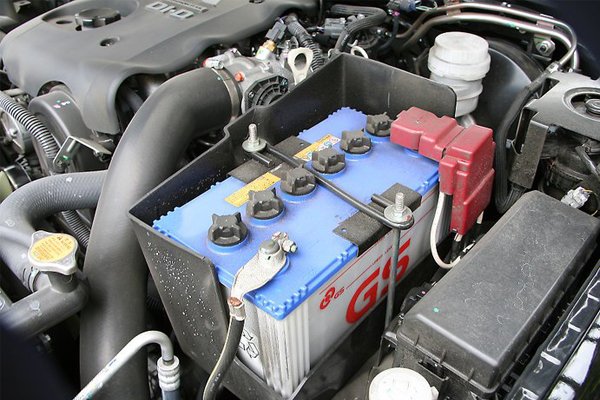
An automotive battery is a component that supplies electrical current to a motor vehicle. On average, car batteries should last between 2 to 6 years, but like most car parts, it all depends on how you use it.
However, the best way to help prevent your battery from unexpectedly dying is to make sure it is always in good shape.
To sustain the lifespan of the battery requires that you do not overwork it needlessly. For instance, do not leave your car lights or other gadgets on overnight or when the car is idle.
Also, do not expose your battery to extreme weather/temperature conditions, and also avoid situations where your battery drains completely.
It is also important that you do not leave your car idle for days or weeks. Disconnect the negative (-) battery terminal cable if the battery will not be in use for long in order to avoid discharge, etc.
Brake Pads
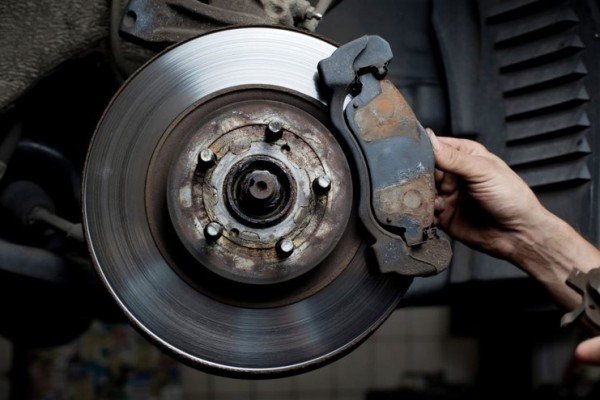
Brake pads are the component of a car’s disc brakes that provide the friction to slow or stop your vehicle. They are steel backing plates with friction material bound to the surface that faces the disc brake rotor. The pressure and friction applied to the brake rotor is what slows and stops the wheel.
Generally, the more the vehicle owner drives, the more wear on the brake pads and therefore the shorter the lifespan of the brake pads.
The lifespan of the brake pad also depends on the type of vehicle, type of use and the driver’s driving style. On average, brake pads on the front last for anywhere from 30-60k miles.
A good way to ensure that the brake pad lasts, it is advised that drivers should learn not to apply the brakes abruptly.
During replacement, have both sides of the brake pads replaced together to ensure balance.
Head Gasket
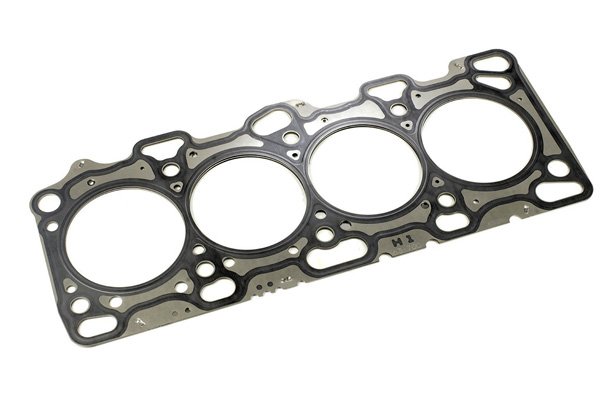
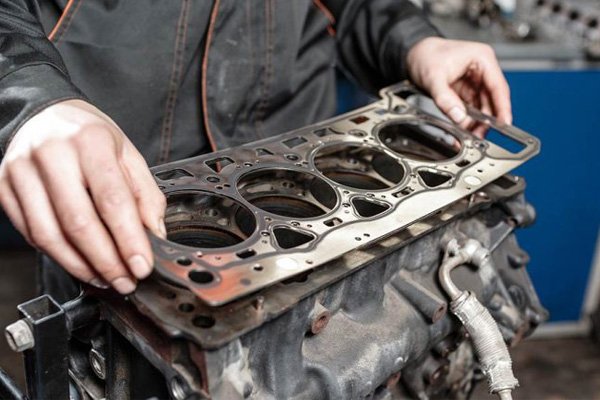
A head gasket is a gasket that sits between the engine block and cylinder head(s) in an internal combustion engine.
The function of the head gasket is to seal the cylinders to ensure maximum compression and avoid leakage of coolant or engine oil into the cylinders.
The head gasket is the most critical sealing application in any engine.
Though the gasket is not expensive, but its positioning in the engine and the complex process of replacing it can make a mechanic charge you a lot for the service.
A head gasket can be damaged due to several reasons. For instance, engine overheating is a popular cause of damage to the head gasket. The metal of the engine block and head expands beyond limits during overheating. This expansion can pinch the head gasket to the point where it will fail.
The next major causes of head gasket failure are engine pre-ignition or detonation.
The surest way to extend its lifespan is to prevent the gasket from overheating. Always resolve engine overheat.
Shock Absorber

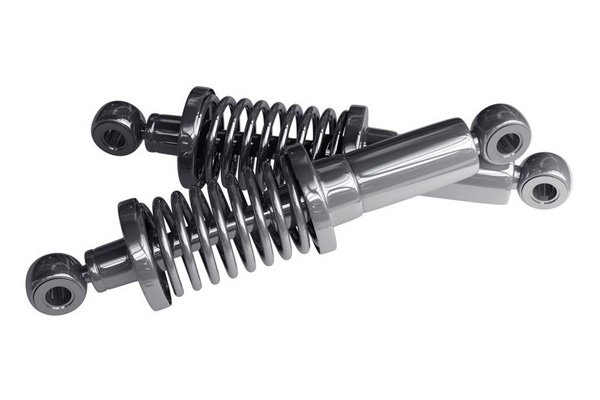
The shock absorber is a mechanical or hydraulic device designed to absorb shock impulses when the car bounces or drives on rough road surfaces.
A car without a functional or damaged shock absorber can make riding in it quite uncomfortable.
Excessive bouncing, front “Nose-Diving”, instability of the car when it is on high speeds, uncomfortable rides, etc. are signs of a bad or worn out shock absorbers.
In order to extend the lifespan of your shock absorber, avoid overloading your vehicle, reckless driving on bad roads – especially on roads with a lot of potholes.
Fuel Filter
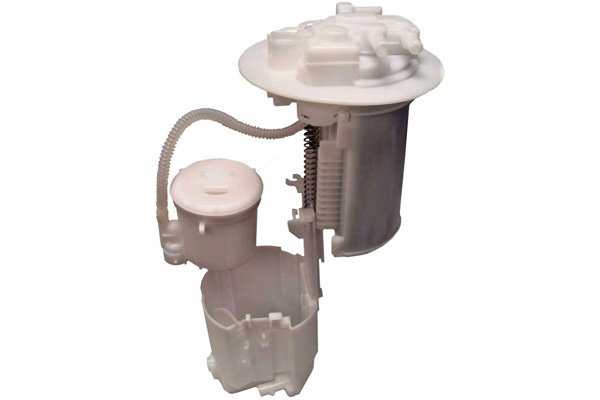
The fuel filter is a component of the car that prevents dirt and foreign from entering and clogging the fuel pump or entering your vehicle engine.
Over time, a severely dirty or clogged fuel filter can cause the vehicle to experience several engine problems such as Misfires or Hesitation.
One way to know if your fuel filter is bad when you struggle to start your car, increased fuel consumption, consistent ‘Check Engine’ light on your dashboard, etc.
To make your fuel filter last long, you can either clean it regularly or have it replaced. But it is best to follow the manufacturer’s replacement schedule.
If your filter is nylon or paper, you should just replace it with a new one. If it is made of metal and is not too grimy, you can clean and reuse it.
Clutch

The clutch pedal is that third pedal you will find in manual transmission cars. It is the one on the far left a driver must press in order to change gear.
The function of the clutch is to engage and disengage power transmission especially from a driving shaft to a driven shaft.
The clutch normally can last for a fairly long time. However, the lifespan of your clutch depends on your driving style. Most clutches are designed to last approximately 60,000 miles before they need to be replaced. Some may need replacing at 30,000 and some others can keep going well over 100,000 miles, though this is not uncommon, especially in this country with terrible road condition.
However, to ensure an extended lifespan of your clutch, use it as little as possible. When on standstill, you can just use neutral and handbrake than depressing the clutch. Also, ensure you change gears smoothly and do not rest your foot on the clutch.

 News7 days ago
News7 days ago
 Car Facts1 week ago
Car Facts1 week ago
 News5 days ago
News5 days ago
 News4 days ago
News4 days ago
 News4 days ago
News4 days ago
 News5 days ago
News5 days ago
 News4 days ago
News4 days ago
 News1 week ago
News1 week ago






















